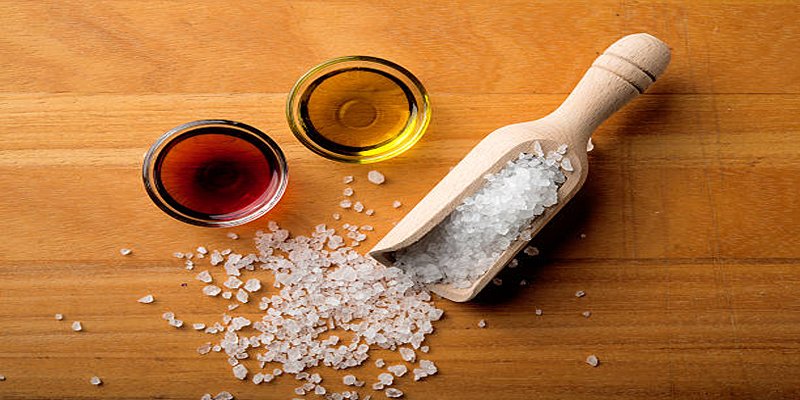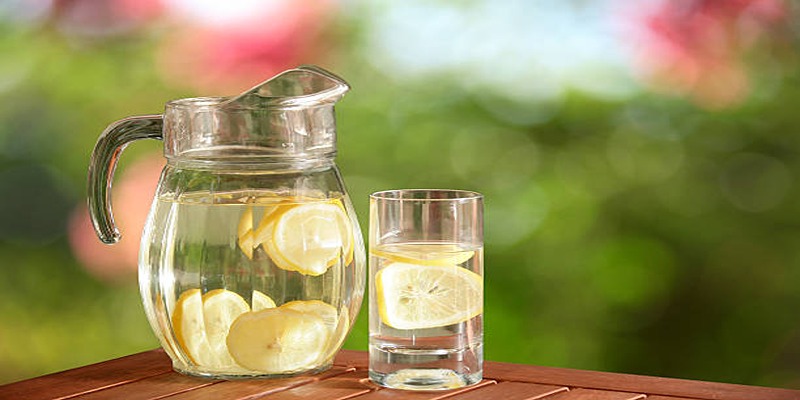Sugar alcohols are a type of low-calorie sweetener that are gaining popularity as an alternative to traditional sugar. While they share some characteristics with sugars, their chemical structure allows them to impart a sweet taste with fewer calories, making them an appealing choice for those looking to reduce their sugar intake without sacrificing flavor. Commonly found in sugar-free products like gum, candy, and baked goods, sugar alcohols are also valued for their ability to provide sweetness without raising blood sugar levels significantly, making them suitable for individuals managing diabetes. However, it's essential to consume them in moderation, as they can cause digestive issues in some people when consumed in excess. Understanding the role, benefits, and potential drawbacks of sugar alcohols can help consumers make informed dietary choices.
What are Sugar Alcohols?

Sugar alcohols, also known as polyols, occur naturally in certain fruits and vegetables, but they are more commonly manufactured for commercial use. They are neither sugars nor alcohols; rather, they are a type of carbohydrate.
Common Types of Sugar Alcohols
There are several types of sugar alcohols commonly used in food products, each with its own unique properties and benefits. Some of the most prevalent sugar alcohols include:
- Xylitol: Found naturally in some fruits and vegetables, xylitol is often used in sugar-free gum and candies. It offers a sweetness similar to sugar but with fewer calories and has the added benefit of contributing to improved dental health by reducing the risk of cavities.
- Erythritol: Known for its zero-calorie content, erythritol is popular in sugar-free and low-calorie products. It is well-tolerated by most people and does not cause a significant laxative effect, which is a common issue with other sugar alcohols.
- Sorbitol: This sugar alcohol is frequently used in sugar-free ice creams, cookies, and chewing gum. Although it provides fewer calories than sugar, it can cause digestive discomfort if consumed in large amounts.
- Mannitol: Often used as a sugar substitute in pharmaceutical products and sugar-free candies, mannitol is less common than other sugar alcohols but still valued for its lower caloric content.
- Maltitol: Used in a variety of sugar-free and reduced-calorie products like chocolates and baked goods, maltitol provides a texture and taste similar to sugar but with fewer calories. However, like sorbitol, it can lead to digestive issues if consumed in excess.
Understanding these different types of sugar alcohols helps consumers select products that align with their dietary preferences and health needs.
How Sugar Alcohols are Made
Sugar alcohols can be derived from both natural and synthetic sources through various manufacturing processes. The natural production of sugar alcohols begins with plant-derived sugars. These sugars undergo a hydrogenation process, where they are treated with hydrogen in the presence of a catalyst. This reaction modifies the molecular structure of sugars by reducing carbonyl groups (characteristic of aldehydes and ketones) to hydroxyl groups, resulting in sugar alcohols. For example, the sugar xylose can be hydrogenated to produce xylitol.
Additionally, some sugar alcohols like erythritol are produced via microbial fermentation, where selected yeasts or fungi convert glucose or other carbohydrates into the sugar alcohol. This method is considered more sustainable and is gaining popularity in industrial production. The process is carefully controlled to ensure purity and safety, making sugar alcohols a viable and attractive alternative to traditional sugars in various food products.
Health Benefits of Sugar Alcohols
Sugar alcohols offer several health benefits, making them an appealing alternative to regular sugar for many individuals:
- Reduced Caloric Intake: Sugar alcohols contain fewer calories than regular sugar, which can be advantageous for those looking to manage their weight. By choosing products sweetened with sugar alcohols, individuals can enjoy sweet flavors without the full caloric impact, aiding in weight control and reduction.
- Low Glycemic Index: The glycemic index (GI) measures how quickly foods raise blood glucose levels. Sugar alcohols generally have a low glycemic index, meaning they do not cause rapid spikes in blood sugar. This makes them suitable for people with diabetes, as they can help maintain stable blood sugar levels.
- Dental Health Benefits: Unlike regular sugars, sugar alcohols do not contribute to tooth decay. Xylitol, for instance, is renowned for its dental benefits, as it inhibits the growth of cavity-causing bacteria and reduces plaque formation, supporting overall oral health.
- Digestive Benefits: Some sugar alcohols, such as erythritol, are well-tolerated by the digestive system compared to other sweeteners. They are metabolized differently and can be absorbed and excreted more efficiently, often leading to fewer gastrointestinal issues when consumed in moderate amounts.
- Possibility of Prebiotic Effects: There is some evidence suggesting that certain sugar alcohols have the potential to act as prebiotics, compounds that promote the growth of beneficial gut bacteria. Supporting a healthy gut microbiome can positively impact overall health, contributing to a balanced digestive environment.
By understanding these benefits, consumers can make informed decisions about incorporating sugar alcohols into their diet as a sugar substitute, while effectively managing their health objectives.
Potential Downsides of Sugar Alcohols
While sugar alcohols offer several benefits, there are potential downsides to consider:
- Digestive Discomfort: Consuming large quantities of sugar alcohols, such as sorbitol and maltitol, can cause bloating, gas, and diarrhea due to their incomplete absorption in the small intestine.
- Individual Tolerance Varies: Sensitivity to sugar alcohols varies among individuals, and some people may experience digestive issues even with moderate consumption.
- Laxative Effect: The consumption of sugar alcohols in excess can lead to a laxative effect, particularly with sorbitol and maltitol, making it important to monitor intake levels.
- Impact on Blood Sugar for Some Individuals: Although sugar alcohols generally have a low glycemic index, they can still affect blood sugar levels for some individuals, requiring careful monitoring by those with diabetes.
- Allergic Reactions: Although rare, some individuals may have allergic reactions to sugar alcohols, necessitating careful attention to any adverse symptoms following consumption.
Understanding these potential downsides can help individuals weigh the benefits against the risks and make informed dietary choices regarding sugar alcohol consumption.
Common Foods Containing Sugar Alcohols

Sugar alcohols are prevalent in a variety of foods, particularly those that are marketed as sugar-free or reduced sugar. Here are some common foods that often contain sugar alcohols:
- Sugar-Free Candies and Chocolates: These sweet treats often use sugar alcohols like maltitol and xylitol to replicate the sweetness of traditional sugar while minimizing caloric content.
- Baked Goods: Products such as sugar-free cakes, cookies, and muffins frequently include sorbitol or erythritol to maintain sweetness and moisture.
- Chewing Gum: Many brands of chewing gum utilize xylitol not only for its sweetness but also for its potential dental health benefits.
- Ice Cream and Frozen Desserts: Sugar-free and low-calorie ice creams often contain sugar alcohols like lactitol to provide sweetness without the calories of regular sugar.
- Diet Beverages: Sugar alcohols may be used in certain diet or low-calorie drinks to enhance sweetness without affecting blood sugar levels significantly.
- Protein Bars and Nutritional Products: These products often incorporate sugar alcohols such as maltitol or erythritol to keep carbohydrate content low while maintaining flavor.
- Yogurts and Dairy Products: Low-sugar or sugar-free yogurts sometimes use sugar alcohols to sweeten without adding surplus calories.
By recognizing these foods, consumers can better manage their intake of sugar alcohols according to their dietary goals and restrictions.
Conclusion
Sugar alcohols present both benefits and challenges as alternatives to traditional sugars in various food products. They offer reduced caloric intake, a low glycemic index, and dental health advantages, making them particularly appealing for those managing weight and diabetes. However, it's crucial to be aware of potential downsides, such as digestive discomfort and variable individual tolerance, which can impact overall well-being. By staying informed about the benefits and drawbacks of sugar alcohols, individuals can make mindful choices that align with their nutritional needs and health objectives. Understanding the types of foods that commonly contain sugar alcohols also empowers consumers to manage their intake effectively, ensuring a balanced approach to incorporating these sweeteners into their diets.







